Play Therapy and the Brain
In focusing on the neuroscience of the field, I hope this post helps increase your understanding of the purpose of using playful means to engage your child/teen.
Recent research in the field of play therapy has focused on the impact of play therapy on brain development. Stewart, Field and Echterling (2016) discuss play as an “emotionally engaging and creative experience that increases levels of oxytocin” in the brain. This hormone fosters feelings of emotional health and connection, supporting the therapeutic relationship. As I create and support a playful environment with my clients, they feel more relaxed, and can then open up more deeply in their treatment.
Without this ability to relax in the session, children and teens would not be able to use their imagination to consider the possibility for behavioral change. Instead, we might see a teen who will “yes” me to death without truly considering trying the skills I am teaching, or a child who feels like he/she is in trouble, and thus denies the need for support altogether by shutting down when he/she enters the office or playroom.
Play therapy is a more developmentally appropriate treatment for children compared to talk therapy (Stewart, Field, & Echterling, 2016). Children learn through play, and thus need the opportunity to generalize their skills in the moment, as opposed to applying a lesson learned earlier in session without practice. Through play therapy, I help build self-awareness and provide an environment for change by verbalizing what I see/hear in session, a process called reflecting. This mindful approach of reflecting encourages the child/teen to pay attention to his/her actions and the impact they have on their own environment.
In using a neuroscience-based approach, I focus on helping children and teens manage their emotions by integrating their right-brain (creative, emotional, expressive) and left-brain (logical, rule-oriented, analytical) functions through playful skills teaching. Play therapy helps youth let their filter down in the conscious, verbal, rigid left side of the brain to express their inner emotions (right side of the brain) within the safety of our relationship. Integration is required for the possibility of creative problem solving, a skill one needs to cope with life’s challenges with less frustration and more persistence.
The mirror neurons in the child mimic my calm, patient demeanor, allowing a child to be patient with themselves as their inner emotions work to make sense of stressful events. They can then persist through difficult topic discussion or play across various sessions and generate more effective reactions to stressful events (Stewart, Field, & Echterling, 2016).
Looking for more information on play therapy’s impact on the brain? Let me know in the comments!
Reference:
Stewart, A., Field, T., & Echterling, L. (2016). Neuroscience and the magic of play therapy. International Journal of Play Therapy, 25 (1) 4-13.
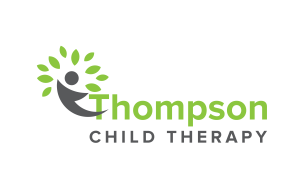
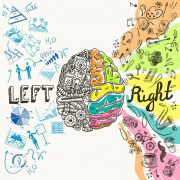


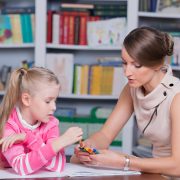


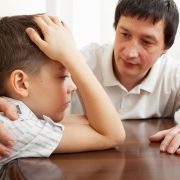

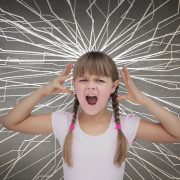


Leave a Reply
Want to join the discussion?Feel free to contribute!